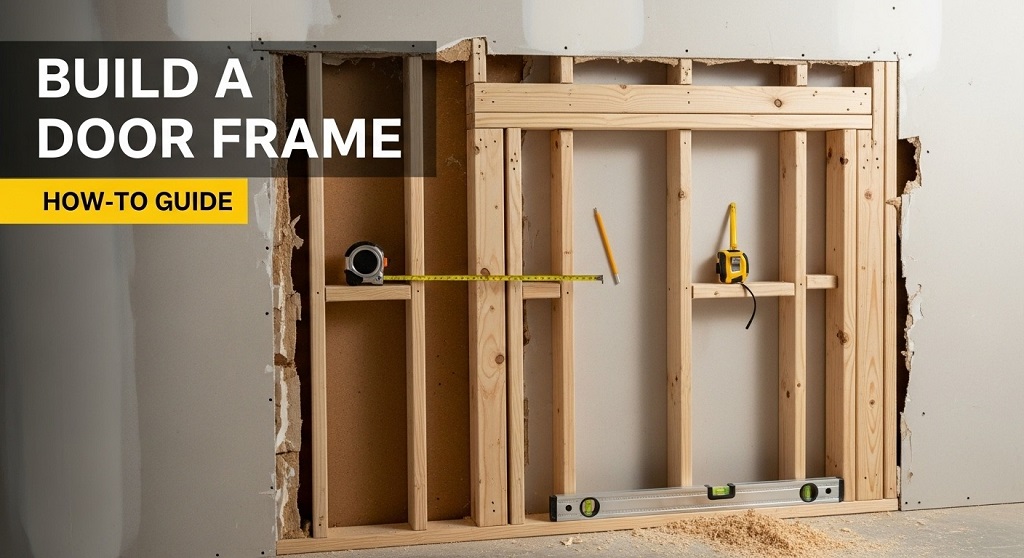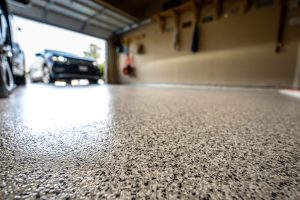Roofing Mistakes to Avoid: Costly Lessons Learned
Hey there! Ever heard the saying, “A roof over your head”? Well, that’s not just a figure of speech. Your roof literally keeps you sheltered from the storm, so it’s crucial to get it right. But, my friend, roofing can be a tricky business, and there are some costly lessons out there waiting for you if you’re not careful.
In this little chat, we’ll dive into the world of roofing mistakes you absolutely need to avoid. Think of it as your personal guide to a stress-free, leak-free roof. Let’s get started!
Ignoring Regular Inspections – The Silent Saboteur
You know that old saying, “Out of sight, out of mind”? Well, that doesn’t work when it comes to your roof. Neglecting regular roof inspections is like ignoring a slow leak in your tire – it may not seem like a big deal at first, but it can lead to a major blowout down the road.
Imagine your roof as your body. You go for regular check-ups, right? Your roof deserves the same TLC. Roof issues, when left unchecked, can turn into full-blown disasters. Water damage, mold, and structural problems can creep in quietly, costing you big bucks in the long run.
Cheaping Out on Materials – Penny Wise, Pound Foolish
We all love a good deal, but when it comes to roofing materials, going for the cheapest option can bite you in the shingles (pun intended). It’s like buying a super cheap umbrella on a rainy day – you’ll end up soaked and regretting your decision.
Quality roofing materials are an investment that pays off in the long term. Cheap materials may save you a few bucks upfront, but they’ll need constant repairs and replacements, ultimately costing you more. Think of it as the difference between a flimsy cardboard roof and a sturdy fortress overhead.
DIY Roofing – The Dangerous Delusion
DIY projects can be a blast, but your roof isn’t a place for amateur hour. Trying to fix or replace your roof without the right skills and tools is like trying to perform surgery after watching a medical drama on TV – it’s a recipe for disaster.
Roofing is a specialized job that requires knowledge, experience, and safety precautions. Climbing up there with a hammer and nails might end up with more holes in your roof and a hefty hospital bill. Leave it to the pros who know the ropes, or in this case, the shingles.
Ventilation Negligence – Don’t Sweat It!
You might think your roof is just about keeping the rain out, but it’s got another crucial job – regulating your home’s temperature. Proper ventilation is the unsung hero of roofing, and ignoring it can lead to a hot mess, literally.
Think of your roof as your body’s skin. You sweat to cool down, right? Well, your roof “sweats” too, and it needs a way to release that moisture. Without proper ventilation, you’ll end up with a hot, humid attic that’s a breeding ground for mold, rot, and a skyrocketing energy bill.
Neglecting Gutters – The Waterworks Woes
Gutters may seem like an afterthought, but they’re your roof’s best friend when it comes to diverting water away from your home. Skipping gutter maintenance is like skipping brushing your teeth – it might seem harmless at first, but it can lead to a much bigger mess.
Clogged or damaged gutters can cause water to pool on your roof, leading to leaks and even structural damage. Remember, water and roofs don’t mix well. So, keep those gutters clean and in tip-top shape, and your roof will thank you.
Overlooking Ice Dams – Winter’s Sneaky Surprise
If you live in a snowy region, you’re no stranger to the icy grip of winter. But have you met its sneaky accomplice, the ice dam? Picture it as a cold ninja that silently wreaks havoc on your roof.
Ice dams form when snow melts, runs down your roof, and refreezes at the edges. Over time, this ice buildup can lead to water seeping under your shingles, causing leaks and damage. To combat this, proper insulation and ventilation are key. It’s like giving your roof a cozy winter coat to stay warm and dry.
Skimping on Roof Flashing – The Leak Magnet
Roof flashing is like the unsung hero of your roof. It’s the protective armor that seals joints and edges, keeping water out. But guess what? Many folks underestimate its importance and go for the budget option, or worse, skip it altogether.
Think of roof flashing as the caulk that seals your bathtub – it keeps water from seeping through the cracks. Without proper flashing, your roof becomes a leaky sieve. Invest in high-quality flashing, and your roof will remain leak-free, just like a tight ship.
Ignoring Warning Signs – Don’t Be Blind to Red Flags
Your roof has a way of communicating with you, but it doesn’t speak in words. It speaks through signs and signals, and ignoring them is like ignoring a traffic light – it can lead to a dangerous collision.
Watch out for warning signs like missing shingles, water stains on your ceiling, or a sagging roof. These are red flags telling you something’s amiss. Addressing issues promptly can save you from a major roofing catastrophe down the line.
Neglecting Proper Installation – A Foundation for Failure
Even the best roofing materials can’t do their job if they’re not installed correctly. It’s like buying the finest ingredients for a meal and then burning it to a crisp in the kitchen.
Improper installation can lead to leaks, poor insulation, and a host of other issues. Always hire a reputable roofing contractor with a track record of quality work. It’s an investment in the longevity of your roof.
Failing to Plan for Roof Replacement – The Roof’s Expiry Date
Remember, your roof won’t last forever. It has an expiry date, just like that gallon of milk in your fridge. Ignoring this fact is like hoping your car will run forever without oil changes – it’s a recipe for disaster.
Plan for roof replacement before it becomes an emergency. This way, you can budget for it and choose the best materials and professionals for the job. It’s like trading in your old, unreliable car for a shiny new one before it breaks down on the highway.
FAQs
Q1: How often should I inspect my roof?
A1: It’s recommended to inspect your roof at least once a year, preferably in the spring or fall. Additionally, after severe weather events, like storms, it’s a good idea to do a quick visual check for any damage.
Q2: Can I tackle small roof repairs myself?
A2: Small repairs, like replacing a single shingle, can be done by homeowners with some DIY skills. However, for anything more extensive or if you’re unsure, it’s best to consult a professional roofer.
Q3: What are the signs that my roof needs replacement?
A3: Signs of a roof nearing the end of its lifespan include missing shingles, frequent leaks, visible water damage inside your home, sagging or buckling rooflines, and excessive wear and tear.
Q4: How long does a typical roof last?
A4: The lifespan of a roof depends on factors like material, climate, and maintenance. Asphalt shingles typically last around 20-25 years, while metal and slate roofs can last 50 years or more with proper care.
Q5: What should I look for in a roofing contractor?
A5: When hiring a roofing contractor, look for proper licensing and insurance, a good reputation, references, and written estimates. It’s also important to have a clear contract that outlines the scope of work, materials used, and payment terms.













Post Comment